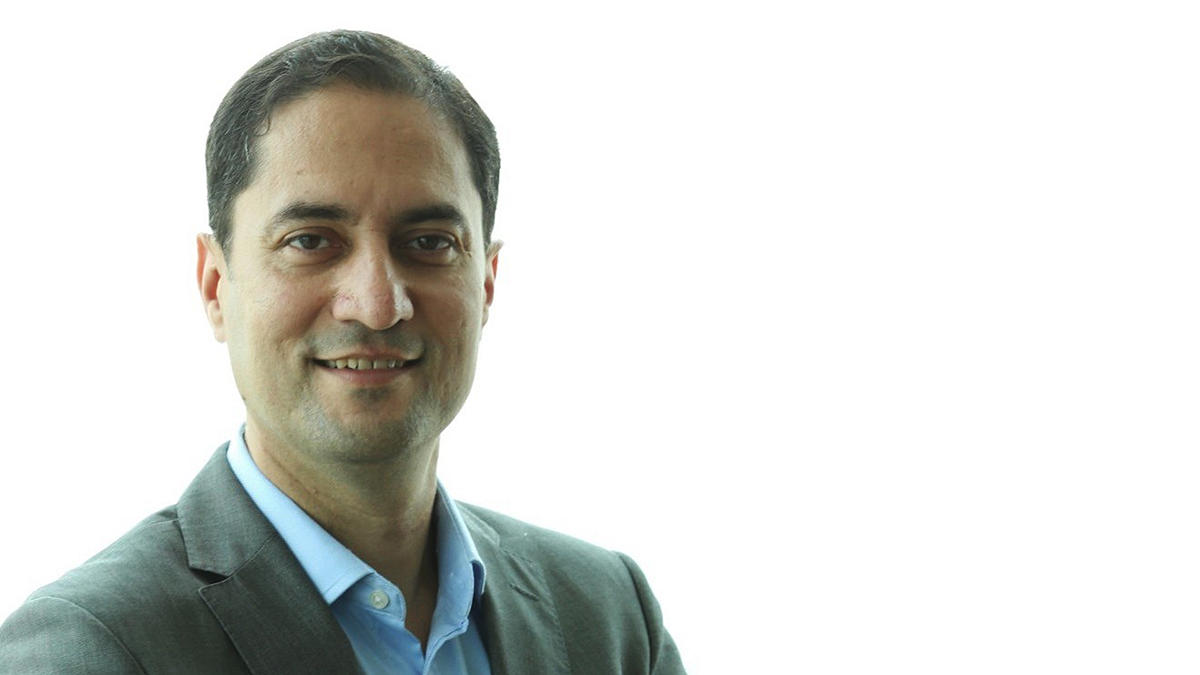NEWS & INSIGHTS | Opinion
Citizens Energy Congress: Commentary from Luca Corradi

The Citizens Energy Congress has been an excellent and insightful event, and I had the pleasure to deliver a live commentary about a Technology and Innovation panel, so I thought I’d share my reflections on it here as well.
My first take away is that it is a portfolio of solutions that will deliver net zero, and there isn’t a single silver bullet type solution. We often see debates on green hydrogen versus blue hydrogen; hydrogen boilers versus heat pumps in domestic heating; EVs versus FCEVs. The reality is that different technologies mix will apply to different contexts, based on geography, industrial contexts, proximity to sources and consumers, and costs among others
Crucially, the path to net zero is a transition, not a switch. The age of fossil fuels is in decline – and it needs to decline faster. However, we need to act on the demand and think about long term transition.
We’ll have both ‘transition technologies’ and ‘long term solution technology’. For example, moving from coal to gas reduces emissions in the short term, but it locks new emissions in the infrastructure, so needs to be done considering the residual life of the plants. Green Hydrogen is cleaner but Blue Hydrogen can kick start the hydrogen economy while the renewables infrastructure grows prioritising generation for the increasing electricity demand. Furthermore, Carbon Capture helps both with Blue Hydrogen and with decarbonisation of industrial assets, while new design emerges for cleaner manufacturing., and the scale up of CCS technology will also open the path for Carbon Capture and Utilisation (CCU) and DAC (Direct Air Capture).
Digital plays a pivotal role in accelerating net zero. Not only can it reduce transport requirements and operational efficiencies via remote operations, digital twins, and AR/VR, but it can reduce power demand through plants optimisation and energy efficiency. Reducing the need for back up by managing storage, redistributing in real time from where there’s surplus to where there’s demand.
My second reflection is that a dual strategy approach to technology is crucial: we need to deploy now the net zero technology available today, and at the same time develop the Net Zero technology of tomorrow. The IEA’s ‘Net Zero by 2050’ report, which was often mentioned in the event, states clearly that while we have the tech to reach the 2030 targets, the tech that will deliver Net Zero – and contain global warming – is mostly at or below prototype stage. Therefore, investing in tech innovation is key to fill that gap. The Closing the Gap report we published last year uncover the key priorities where to focus technology innovation over the next years.
My third and final point is about the importance of policies and regulations. The market won’t solve the net zero challenge by itself, because the externalities (the true cost for society of emissions) are not factored in economic business decision. That is difficult to do, and regulations need to fix this market failure.
Just like technologies, it will be a portfolio of policies and regulations to enable net zero, rather than a single solution. There’s a lot of talking about a carbon tax these days. It’s a powerful tool but to be really effective it needs to be global, otherwise the risk is that industry and associated emissions just migrate to where the tax is lower, or the regulations are less stringent. A carbon border tax can help levelling the playing field and protect domestic producers from unfair (more polluting) foreign competition, but it is less clear how it helps with exports, so something else is needed there. The recent G7 summit trying to agree on a minimum global corporate tax shows how difficult global levelling agreements are.
So the regulatory mix may also include commercial models to create new markets, for example for CCS or Hydrogen,, direct funding of part of the infrastructure required, or even straightforward bans or mandating solutions adoptions. All have known pros and cons, and all have also potential unintended consequences hard to predict, so there’s inevitably some trial and error and a learning process to watch for in the next decade.
My view is these actions are better done in consultation with industry and investors, even if it is more complicated, and they need to allow for flexibility and adaptation from all parties.
Subscribe for the latest updates




